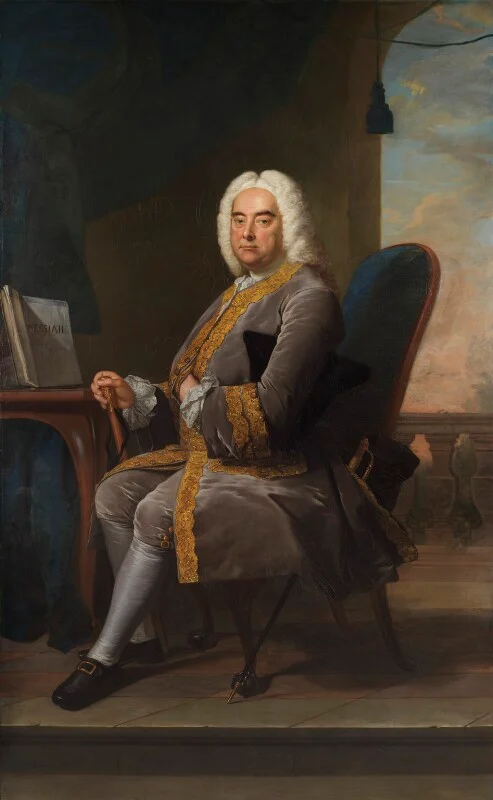
It is perhaps the most dramatic moment of the coronation, the opening crescendo of Handel’s famous anthem, Zadok the Priest, at the anointing stage of the ceremony. But why Zadok the priest?
Zadok the priest was ordered by King David to bring his son Solomon by mule to Gihon and there, along with Nathan the prophet, to anoint Solomon as King of Israel with the words ‘God Save the King’.
The first known anointing of a King of all England was that of Edgar in 973. The ceremony was designed by Archbishop Dunstan and established the strong link between church and state which still exists. The ritual included the biblical text:
‘Zadok the priest and Nathan the prophet anointed Solomon king.
And all the people rejoiced and said:
God save the King! Long live the King! God save the King!
May the King live for ever. Amen. Hallelujah.’
Edgar first swore an oath, the ‘promisso regis’ and then came the anointing and then the investiture with regalia including the ring, the sword, the crown, the sceptre, and the staff. The ceremony has essentially remained the same for over a thousand years.
The above Zadok the priest text was later put to music in the coronation of Charles I in 1626 and subsequent coronations.
Handel’s new version of ‘Zadok the Priest’ was first sung at the coronation of George II in 1727. George commissioned Handel to write the music despite Handel being a friend of his inveterate enemy, his father, King George I. This says a lot for the prestige Handel enjoyed at the time. He was given four weeks to compose four anthems. It is reported that owing to ‘general confusion’ the anthem was played at the wrong part of the service. It is unlikely a similar error will occur on May 6th.
